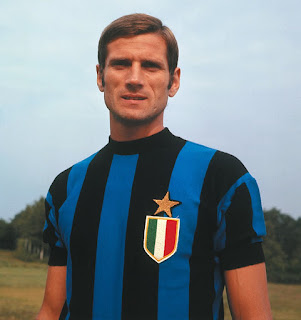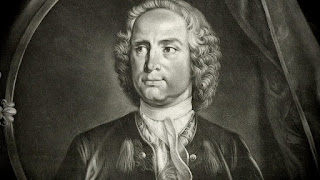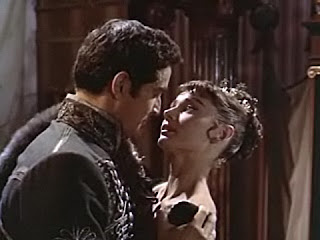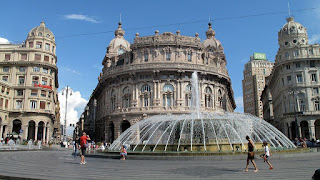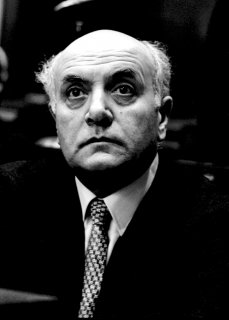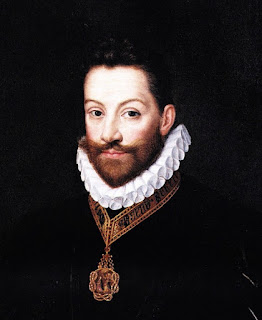Scholar devoted his life to explaining Aristotle’s ideas
 |
| Giacomo Zaberella: a portrait by an unknown artist kept at the Bodleian Libraries in Oxford |
His ability to translate ancient Greek enabled him to understand the original texts written by Aristotle and he spent most of his life presenting what he considered to be the true meaning of the philosopher’s ideas.
He had been born into a noble Paduan family who arranged for him to receive a humanist education.
After entering the University of Padua he was taught by Francesco Robortello in the humanities, Bernardino Tomitano in logic, Marcantonio Genua in physics and metaphysics and Pietro Catena in mathematics. All were followers of Aristotle.
Zabarella obtained a Doctorate in Philosophy from the university in 1553 and was offered the Chair of Logic in 1564. He was promoted to the first extraordinary chair of natural philosophy in 1577.
Zabarella became well known for his writings on logic and methodology and spent his entire teaching career at the University of Padua.
 |
| The title page of Zabarella's book, Opera Logica, published in 1577 |
His knowledge of Greek enabled him to consult Greek commentators on Aristotle’s work as well as medieval writers.
Zabarella’s first published work was Opera Logica in 1577 and his commentary on Aristotle’s Posterior Analytics appeared in 1582.
He died in Padua at the age of 56 in 1589. His great work in natural philosophy, De rebus naturalibus, was published posthumously in 1590. It contained 30 treatises of Aristotelian natural philosophy and an introduction that he had written only weeks before his death. His two sons edited his incomplete commentaries on Aristotle’s texts and published them a few years later.
Zabarella’s works were reprinted in Germany early in the 17th century, where his brand of philosophy had a big following, especially among Protestant Aristolelians.
| Palazzo del Bò is the main building of Padua University |
The University of Padua was established in 1222 and is one of the oldest in the world, second in Italy only to the University of Bologna. The main university building, Palazzo del Bò in Via VIII Febbraio in the centre of Padua, used to house the medical faculty. You can take a guided tour to see the pulpit used by Galileo when he taught at the university between 1592 and 1610.
 |
| The Caffè Pedrocchi is just a few yards along Via VIII Febbraio from Palazzo del Bò |
Via VIII Febbraio commemorates the date and location of the struggle between Austrian soldiers and students and citizens of Padua, when both the University and the Caffè Pedrocchi became battlegrounds. The Padua rebellion was one of a series of revolts in Italy during 1848. The Austrians were seen as arrogant and aggressive and the ideas of Mazzini and Cavour about a united Italy were becoming popular with progressive thinkers. Students and professors at Padua University had been meeting at the University and in Caffè Pedrocchi to discuss their discontent. You can still see a hole in the wall of the White Room inside Caffè Pedrocchi made by a bullet fired by an Austro-Hungarian soldier at the students. The café has been a meeting place for students, intellectuals and writers for nearly 200 years. Founded by coffee maker Antonio Pedrocchi in 1831, it quickly became a centre for the Risorgimento movement and was popular with students because it was near Palazzo del Bò, the main university building.
More reading:
The philosopher who wrote the 'Manifesto of the Renaissance'
Why a renowned Aristotelian philosopher refused to look through Galileo's telescope
The philosopher with a Utopian dream to banish poverty
Also on this day:
1568: The birth of philosopher Tommaso Campanella
1970: The birth of Paralympian Francesca Porcellato
Home
